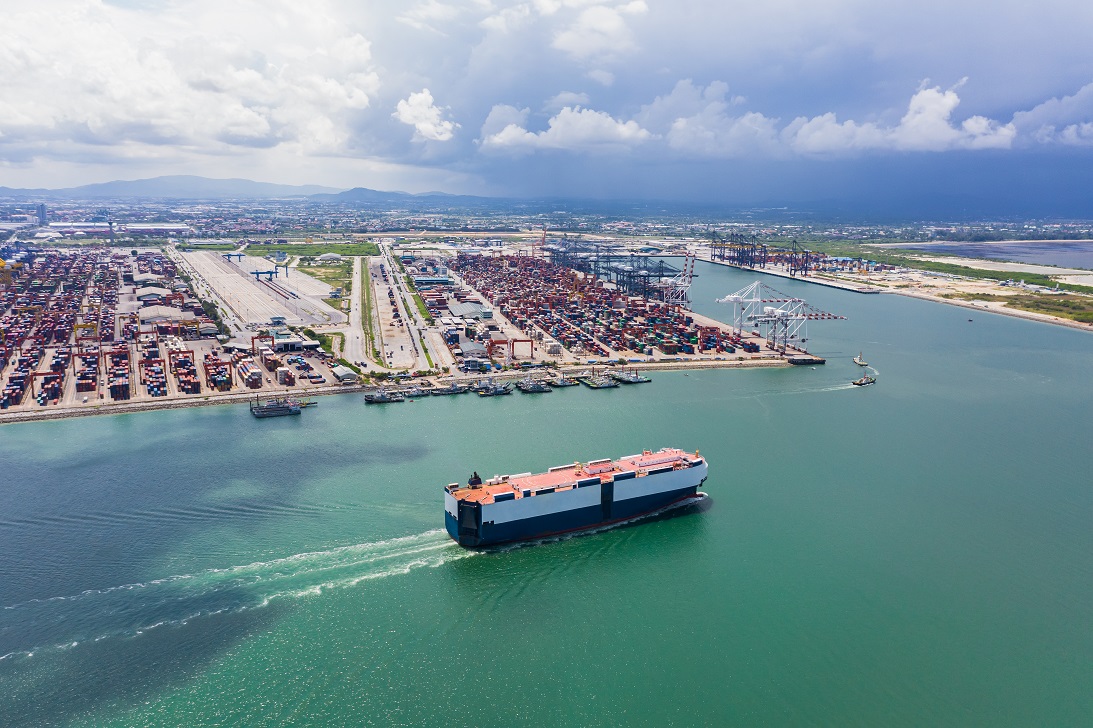Svaneh?j has reached a significant milestone: 1000 fuel pumps sold!
LNG, LPG, ammonia, and methanol. With a continuously expanding fuel pump program, Svaneh?j is accelerating its contribution to the energy transition of shipping.
The rapidly growing interest in cleaner ship fuel has accelerated the sales of Svaneh?j fuel pumps to such an extent that they have now reached a significant milestone: 1000 pumps sold. More than half of these pumps have been sold within the last three years, further driving the transition towards more environmentally friendly maritime transport.
Recognizing shipping's urgent need for innovation, Svaneh?j has committed to directing at least 95% of all R&D investments into solutions and products that support our mindset of "Powering a better future".
Svaneh?j has already invested significantly in new products, including their electric submerged fuel pump for LNG, the "CS Fuel Pump", their "HPP Triplex Unit", a high-pressure fuel pump solution for LNG fueled engines, and, most recently, their "HP NH3 Fuel Pump", the world's first high-pressure centrifugal pump for ammonia fuel applications. Each of these products introduce significant innovations, designed to meet the maritime industry's demand for efficient, leak-free, critical components with long service lives.
Svaneh?j pumps already make a significant difference today
Since introducing the Svaneh?j Deepwell (DW) Fuel Pump for liquefied gas in 2016, they have equipped hundreds of vessels – including LPG and LNG carriers, cruise ships, PCTCs, container vessels, P&C tankers and bulk carriers – with their patented fuel pumps.
As an integral part of their ESG reporting, Svaneh?j annually calculate their contribution to decarbonization to show that they are already making a significant difference today. Their recent Product Impact Assessment shows that the LNG and LPG fueled vessels ordered in 2023 with Svaneh?j DW Fuel Pumps are expected to achieve an overall lifetime (25 years) saving of 33.96 million tons of CO2 compared to similar vessels with HFO propulsion. This equates to approximately 45% of Denmark's annual consumption-based CO2 emissions.

Source: Svaneh?j
